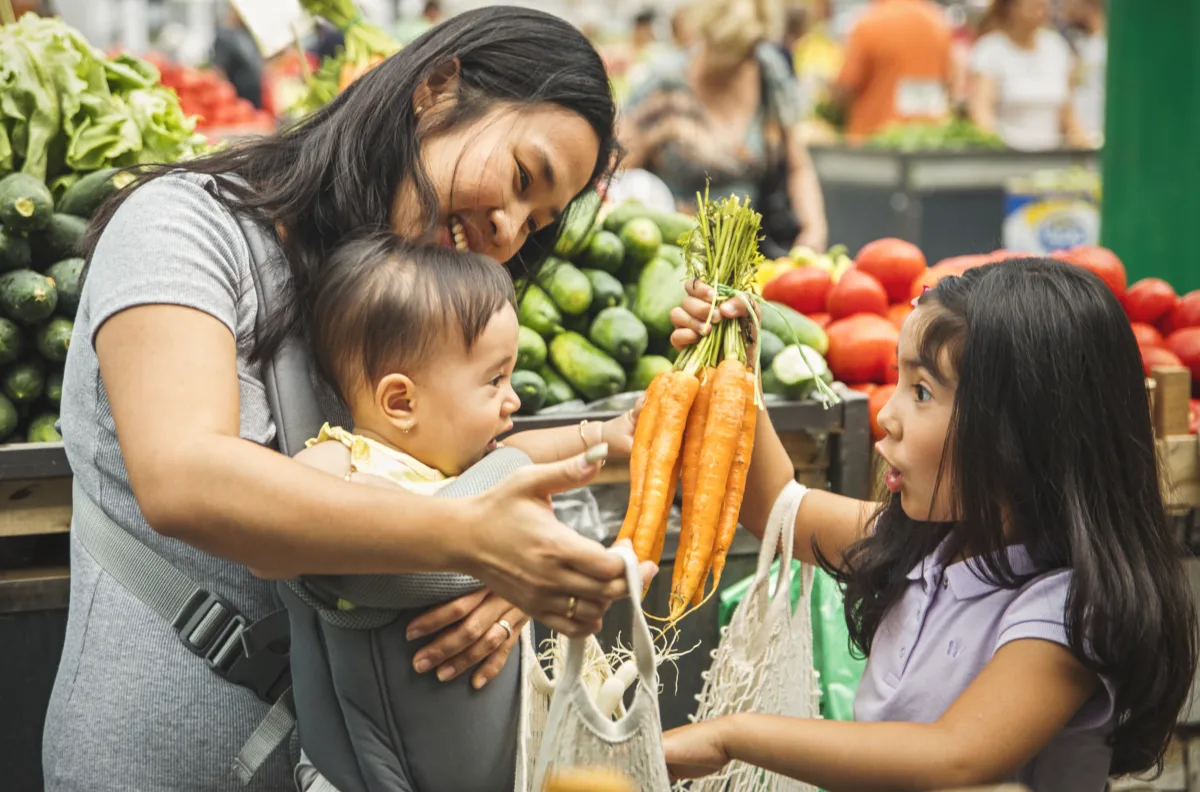A central longstanding challenge we face is that most food systems we encounter today are not community-powered, but profit-driven. Rather than building on existing strengths and relationships within a community, many food systems – spurred by economic or political interests – exclude community members from decisions that directly impact their health and well-being. This in turn reinforces the health inequities experienced by those most affected by food insecurity, particularly people of color and people living in low-income and historically disinvested communities.
In this perspective, Diana Rivera describes how the team at Vital Village Networks is working to build capacity among emerging leaders who are advancing more equitable and sustainable local food systems.
Coming from a family of farmers in the Philippines, I grew up with a deep appreciation for the land. For my family and me, land represents so much more than a patch of ground that provides us with the food we need to survive; it’s also a beautiful reminder of our heritage and the sense of connection created when people come together to grow food, care for, and feed their neighbors.
While my native country is rich in natural resources, I saw firsthand how the benefits and profits of growing crops – and the larger systems and policies that shape them – were not supporting the Filipino people who lived there and nurtured the soil. The land, its resources, and people have long been exploited, with much-needed food being exported, farmers struggling to earn a living wage or feed their families, and our communities – my fellow kababayan – hurting as a result.
Many families across the U.S. are facing similar challenges: experiencing hunger; lacking access to affordable, healthy, and culturally relevant, fresh food; and being economically excluded. These circumstances are a reality for millions of Americans, and they often exist because community members who are most impacted by inequities in the food system are excluded from opportunities to elevate their voice or activate their power to influence where and how their food is produced, priced, or sold.
What’s the solution? Building community-powered food systems.
I think of our food system as a web: an interconnected set of relationships, dependent on the contributions of farmers, retailers, grocery store clerks, schools, restaurants, community gardeners … and more.



